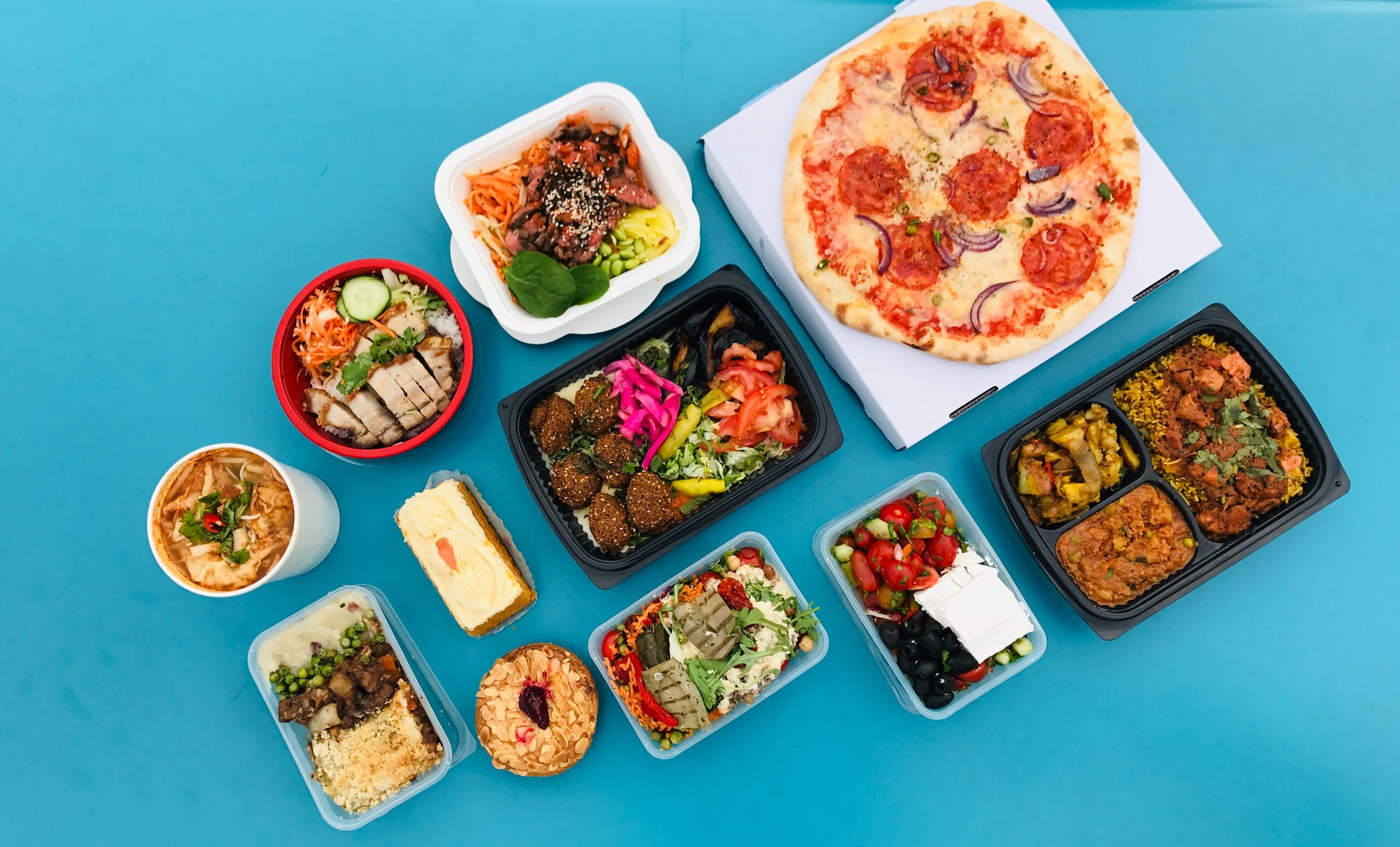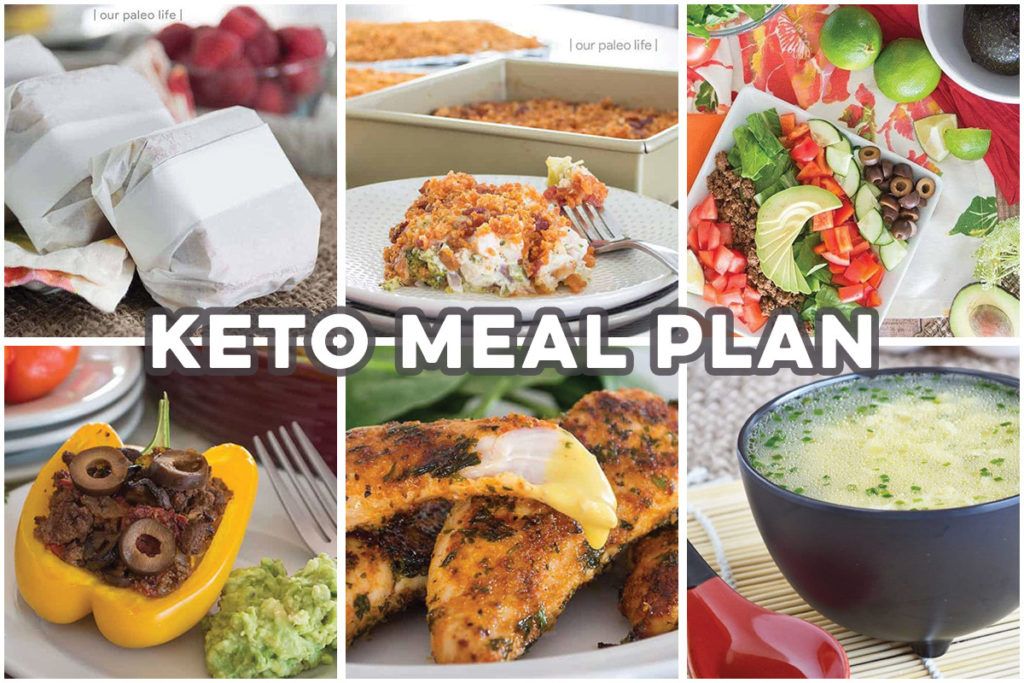10 Essential Keto Meal Plan Tips for Beginners: Start Your Journey Right
Have you heard about the keto diet? It's a unique way of eating that lots of people are trying. When we're on the keto diet we eat a lot of protein and not many carbs. This makes your body use fat as fuel which can make you feel great and even help you lose weight.
Starting something new can be tricky. Planning what you eat is super important especially for beginners. It's kind of like making a plan for a treasure hunt. It's easy to find the prize if you know where you're going! In this case the treasure feels good and stays healthy on the keto diet.
Now let's talk about Trusted10.io. We are like your friendly guides on this keto adventure. Our experts know a lot about starting keto and can give you top-notch tips. With their help we'll share some fantastic ideas on how to make tasty meals that fit the keto lifestyle. So get ready! We're here to help you kick-start your keto journey with easy and fun tips.
Tip 1: Understanding Macronutrient Ratios
When we talk about the keto diet it's all about what kinds of food you eat especially how much fat protein and carbs are in your meals. Imagine your food is divided into three main groups: fats proteins and carbs. You should eat a lot of healthy fats a fair amount of protein and almost no carbs while on the keto diet. This usually means your meals will have about 70-75% fats 20-25% protein and just 5-10% carbs. This unique mix helps your body start using fat for energy instead of sugar which is a big part of what makes keto work.
Why Tracking What You Eat is Key:
- Staying on Track: Keeping an eye on your fats protein and carbs ensures you eat the right amounts to keep your body in ketosis. It's like ensuring you're putting the right fuel in your car.
- Keeping Ketosis Going: If you eat too many carbs your body might stop using fat for energy. Tracking helps you avoid that and stay in the fat-burning zone.
- Customizing Your Diet: Everyone's body is different. Tracking what you eat helps you tweak your diet to fit perfectly helping you feel your best and reach your goals.
- Understanding Food's Effects: By watching what you eat you can see how different foods change your energy levels and feelings helping you pick the best ones for your body.
- Spotting Gaps: Sometimes you might not get enough of certain nutrients. Tracking can help you spot this to make changes and keep your diet balanced.
Paying attention to these details can make the keto diet work better for you helping you stay healthy and energized.

Tip 2: Meal Planning Basics
Diving into keto means thinking about when and how much you eat. It's like planning your meals so your body has the right fuel at the right time. Eating three main meals daily is an excellent way to keep your energy steady without munching too much. It's also wise to think about the size of your meals. You want enough to feel satisfied with the right mix of fats proteins and a tiny bit of carbs to keep the keto engine running smoothly.
Getting the Timing Right:
- Energy All Day: Eating your meals at regular times helps keep your energy levels up and stops those significant hunger pangs that can lead to overeating.
- Stable Sugar: Spreading out your meals can keep your blood sugar nice and steady which is super important on a keto diet to keep everything running smoothly.
- Workout Wisdom: If you're into working out eating before and after exercise can give you the energy you need and help your muscles recover afterward.
- Innovative Use of Food: When you eat it can affect how your body uses what you eat either as a quick energy source or storing it away for later.
- Listen to Your Body: Everyone's different so notice how you feel after eating. Tweaking your meal times a bit works better for you.
By considering these ideas you can create a meal plan that fits your life keeps you in ketosis and supports your keto journey every step of the way.
Tip 3: Keto-Friendly Food Options
Choosing the right foods is vital on the keto journey. Think of your grocery list as your map to success. Focus on foods that are high in good fats have a decent amount of protein and are low in carbs. This way you keep your body in that fat-burning mode called ketosis. You can eat a lot of tasty things on the keto diet. Fruits and oils like coconut oil and olive oil are good for you. You can eat fish like salmon which is good for your health and eggs which you can cook in many different ways. Nuts and seeds are suitable for a quick snack and foods like cheese and yogurt are yummy and make you feel full. Remember to eat lots of green veggies like spinach and broccoli too. They're packed with good stuff that keeps you healthy!
Foods to Skip:
- Sweet Stuff: Say goodbye to sugary treats and drinks. These can get you out of ketosis very quickly.
- Bread and Pasta: It's not good for you to eat grains and starches like bread pasta and rice because they are high in sugar.
- Certain Fruits: While fruit is healthy some types are high in sugar. Bananas grapes and mangoes are foods to limit or avoid.
- Processed Foods: Watch out for hidden sugars and unhealthy fats in packaged foods. Always read the labels!
- Beans and Some Veggies: Legumes and starchy vegetables like potatoes can be higher in carbs so limiting these is best.
By filling your plate with keto-friendly options and steering clear of high-carb foods you'll be on the right track to enjoying the benefits of keto keeping your meals interesting and keeping your body fueled.
Tip 4: Meal Preparation and Batch Cooking Tips
On the keto diet it's very helpful to prepare your meals ahead of time. The rest of your week will be very easy after you do some chores. Take a bit of time once a week to think about what you want to eat write a shopping list and cook significant amounts of food all at once. This way you have yummy keto meals ready whenever you need them. You can cook lots of proteins veggies and good fats and then mix them up in different ways during the week. You won't have to cook every day.
Making Batch Cooking Work for You:
- Smart Shopping: Write down everything you need for your meals. You won't have to buy things you don't need.
- Easy Recipes: Look for meals that are simple to make in bulk like big casseroles tasty soups or big stir-fries.
- Keep It Fresh: Invest in some good storage containers to maintain the quality and accessibility of your food. Labeling them with what's inside and the date helps you keep track of everything.
- Use Your Freezer: The freezer is great for keeping meals or cooked ingredients like meat or sauces for a long time.
- Helpful Tools: Consider using meal prep services or apps to help you plan and prepare your keto meals.
By planning and cooking this way you'll always have something good and keto-friendly to eat making it easier to stick to your diet and enjoy it too!
Tip 5: Incorporating Healthy Keto Snacks
Adding healthy snacks to your keto plan is a smart move. Snacks can help you beat hunger keep your energy up and avoid overeating at your next meal. The trick is choosing snacks that give you a little lift without knocking you out of ketosis.
Tasty Snack Ideas:
- Eggs: Hard-boiled eggs are super simple and filling. Season with salt and pepper to taste.
- Nuts: Grabbing a small handful of almonds or macadamia nuts can satisfy your hunger and give you some good fats.
- Cheese and Olives: A slice of cheese with a few olives is a quick tasty combo that fits into your keto plan.
- Almond Butter: Spread some almond butter on a celery stalk for a crunchy and creamy snack.
- Mini Salad: Whip up a small salad with avocado tomato and a sprinkle of feta cheese for a fresh snack.
- Keto Treats: A low-carb protein bar or a keto-friendly treat can hit the spot when craving something sweet.
Remember even with snacks it's essential to watch how much you eat. Keeping your snacks in the right portion helps ensure you're getting just what you need to stay on track and feel great.

Tip 6: Hydration and Electrolyte Balance
Keeping hydrated is super important when you're following a keto diet. Since your body uses more water and minerals called electrolytes when you're in ketosis you need to ensure you're drinking enough water daily. This helps your body work right from digesting food to keeping cool and stopping headaches or tiredness.
Keeping Electrolytes in Check:
- Electrolytes are Key: Electrolytes like sodium potassium and magnesium are like your body's team players. They balance your fluids help your muscles work and ensure your nerves send signals correctly.
- How to Get It: Sprinkle a little salt on your meals for sodium. For potassium munch on avocado and leafy greens. Nuts and seeds are good for magnesium.
- Supplements and Drinks: If you're active or it's hot out you might need extra electrolytes. Special supplements or drinks made to help with electrolyte balance can provide these.
- Watch for Signs: If you start feeling muscle cramps or are more tired than usual it might mean you need more electrolytes. It's vital to watch out for this when you first start keto or when you're pushing yourself physically.
Staying hydrated and keeping your electrolytes balanced are significant parts of making keto work for you helping you feel good and stay healthy on your keto journey.
Tip 7: Adjusting to the Keto Diet
Making the change to a ketogenic diet could be difficult at first. Some people might feel tired get headaches be grumpy or crave foods like bread and pasta. This is often called the "keto flu" but don't worry it's just your body getting used to using a different fuel: ketones instead of glucose. Remember it's normal and usually gets better after a little while as your body gets used to its new energy source.
Tips for Smoothing the Transition:
- Hydration is Key: Drinking plenty of water and electrolytes can help with tiredness and headaches.
- Fat is Your Friend: If you want to learn to say no to carbohydrates eating more healthy fats may assist.
- Fill Up on Fiber: Eating lots of low-carb high-fiber veggies can help stabilize your blood sugar and reduce cravings.
- Move a Little: Some gentle exercise can lift your spirits and boost your energy when feeling low.
- Take it Slow: If you can try lowering your carb intake bit by bit instead of all at once. This can make the change more accessible to your body.
Remember taking your time getting used to the keto diet is okay. Listen to your body take care of yourself and soon enough you'll start feeling better and enjoying the benefits of your new way of eating.
Tip 8: Tracking Progress and Making Adjustments
Keeping track of your progress with your keto diet can help you stay on track and see where you might need to make changes. You can track your progress in a few ways like how much you weigh how your clothes fit or how you feel overall. Using a diary or an app to jot down what you eat and your macronutrients helps you track and notice any patterns affecting your progress.
Fine-Tuning Your Keto Journey:
- Check Your Macros: Every now and then check how much fat protein and carbs you're eating to ensure you're staying on track for ketosis.
- Try Tweaking Things: If you're stuck or just want to boost your results you might need to change when you eat how much or what kinds of foods you're choosing.
- Get Expert Advice: If you need help with what to do next talking to a healthcare professional or diet expert can give you personalized tips based on what you need.
- Mix It Up: Try new recipes or foods to keep things interesting. This can make sticking to keto much more fun and doable in the long run.
- Listen to Your Body: Hear what your body is trying to tell you. You might need to eat more of something less of something else or change your routine to keep feeling your best.
Remember the goal is to find what works best for you and helps you feel good while following a keto lifestyle. Be bold and adjust things as you go to keep moving towards your goals.
Tip 9: Long-Term Sustainability and Flexibility
To maintain a ketogenic diet over time you must discover methods to incorporate its principles into your daily routine. It's all about setting up habits that fit into your life like planning your meals cooking big batches of food ahead of time and mixing up what you eat to keep things interesting. Having friends or family who support you learning new recipes and being ready to tweak your plan here and there also make a big difference in keeping you on your keto path.
Balancing Treats and Social Meals:
- Treat Yourself Smartly: It's okay to enjoy a special treat now and then. The key is to approach it with care and restraint.
- Keto Eating Out: Look for dishes that fit your keto lifestyle like meat or fish with veggies. To make your dish more keto-friendly you may always ask for modifications.
- Plan Ahead: Check out the menu before you go to a restaurant or bring your keto snacks to gatherings so you won't be caught off guard.
- Mindful Eating: Pay attention to how much you eat especially when enjoying something outside your usual plan. It's about finding the right balance.
- Flexibility Is Key: Being too strict all the time can make it tough to stick with keto. Don't worry if you make a mistake. Stick to your healthy habits and get back to your normal pace.
Making keto a long-term thing means being okay with some ups and downs and finding a way to enjoy your food within the keto framework. It's about making this diet work for you not the other way around and remembering that a bit of flexibility can go a long way in keeping you motivated and on track.
Tip 10: Dining Out and Social Events
Enjoying meals and attending gatherings with friends and family is part of life even following a keto diet. With a bit of planning and some smart choices you can stick to your keto goals and still have a great time. When eating at a restaurant look for dishes rich in protein and low in carbs like grilled meats fish and salads with a high-fat dressing. Watch out for sneaky sugars in sauces and condiments and don't be shy about asking for changes to your meal to keep it keto-friendly. At parties or events focus more on the fun and the people than just the food. You can always bring a keto dish to share so you know there's something you can enjoy.
Tips for Eating Out on Keto:
- Do Your Homework: Look up restaurants ahead of time to find ones with keto-friendly dishes on the menu.
- Customize Your Meal: Don't eat secret carbs in dips and sauces; ask for them on the side instead. Also cook your food baked or grilled instead of fried.
- Substitutions Are Your Friend: Feel free to ask if you can swap out high-carb items for more keto-friendly options.
- Eat Mindfully: Take your time to enjoy your food and pay attention to how full you're getting so you can stop before you're stuffed.
- Share and Explore: Sharing dishes with others can be a fun way to try different foods without overindulging in carbs.
By remembering these tips you can confidently navigate dining out and social events knowing you can stick to your keto diet and still have a fantastic time.
Conclusion
We've discussed many great ideas to help you with your keto diet. Remember it's essential to know what foods are good for keto plan your meals and cook some beforehand. Remember to drink plenty of water be kind to yourself as you get used to keto and keep track of how you're doing. It's also okay to have a little treat sometimes and to find ways to enjoy food with friends and family while sticking to your keto plan.
Starting something new like the keto diet can be exciting! You've learned some great tips here so feel confident as you begin. Remember it's all about finding what works best for you and making minor changes to help you stick with it.
And guess what? Trusted10.io is here to help you on your keto journey. We have lots of good advice and ideas to make eating keto easier and more fun. Therefore why not try it and see how you feel?
